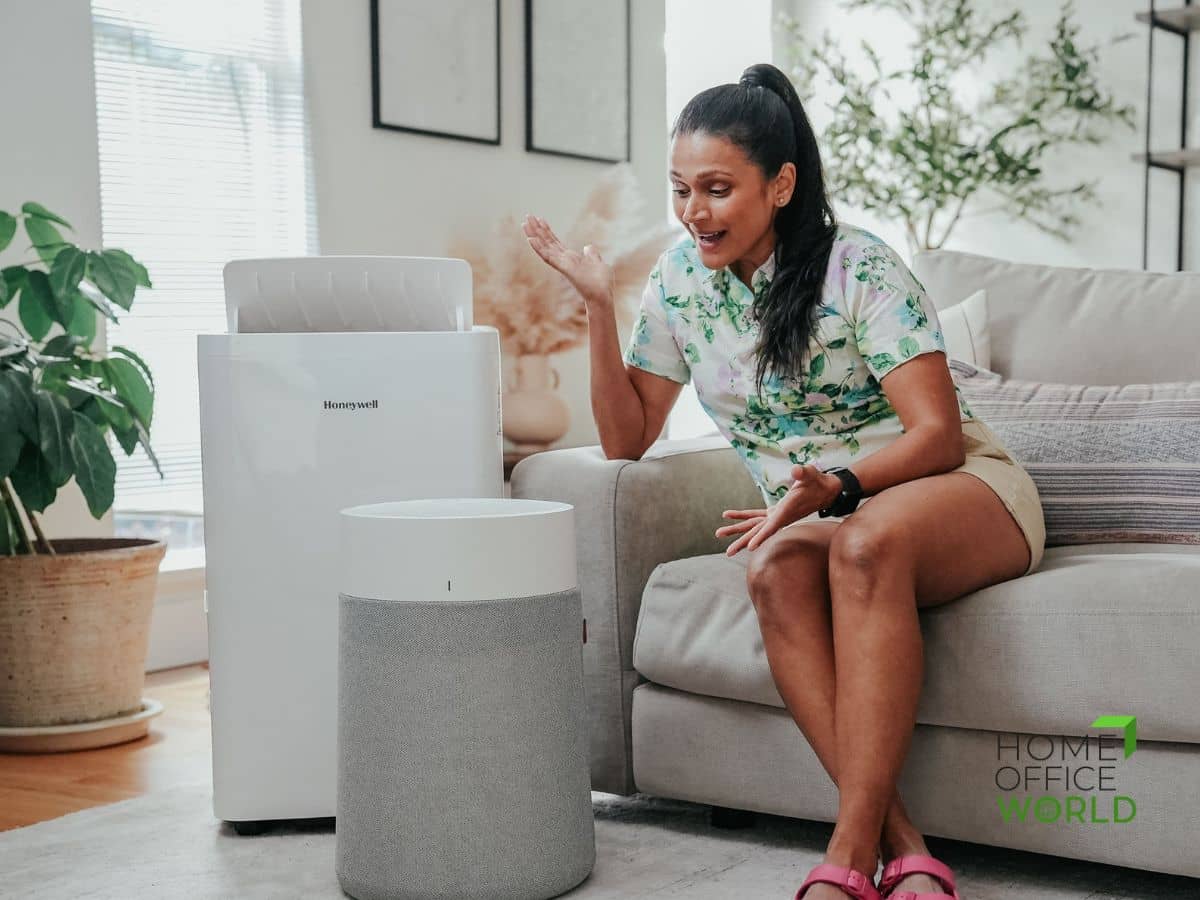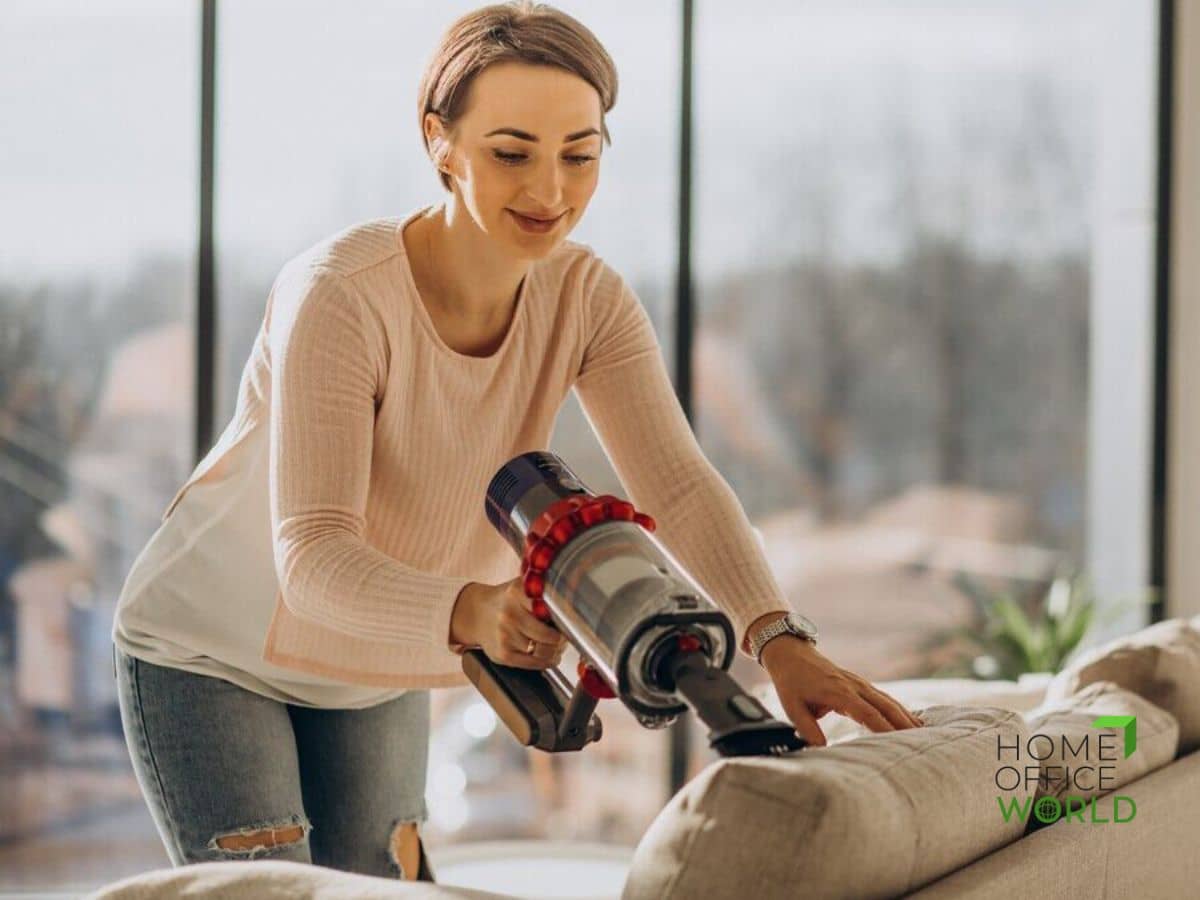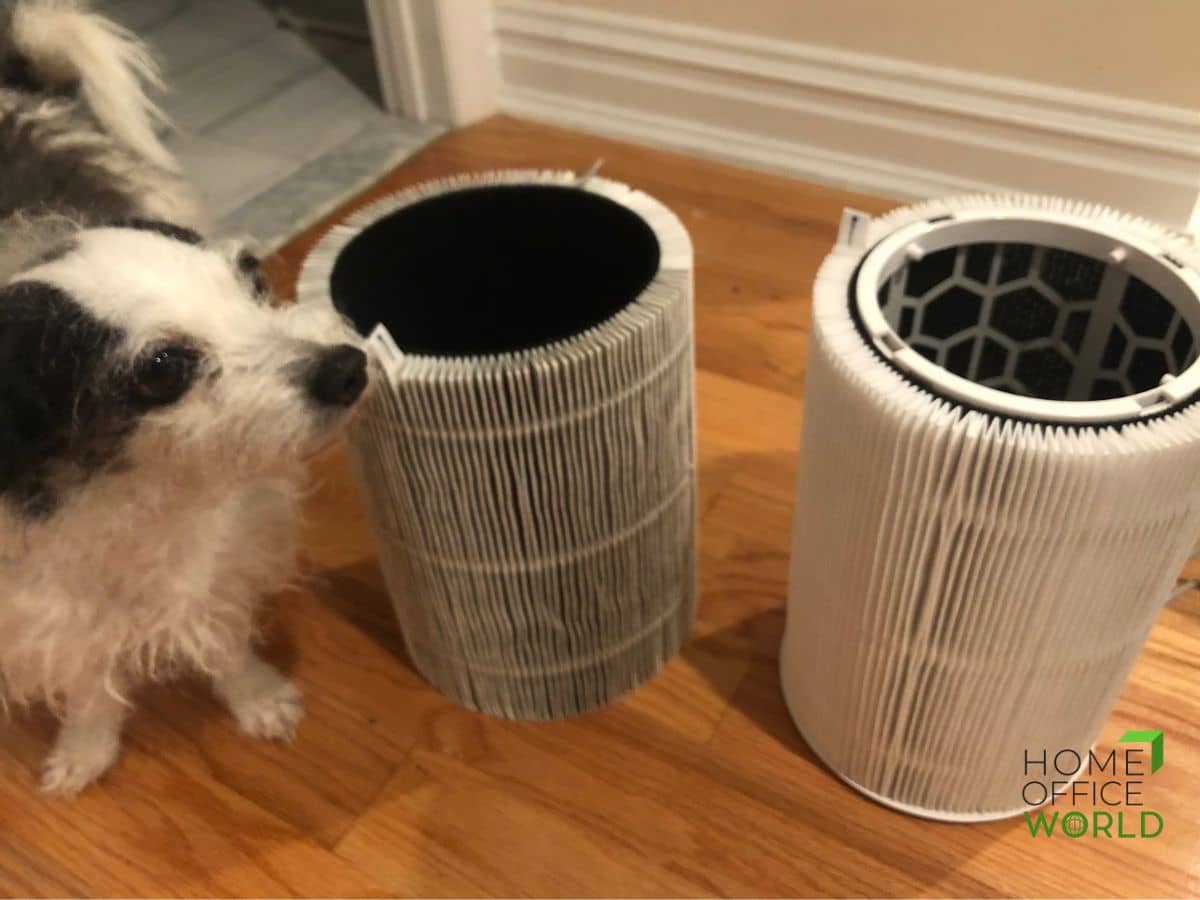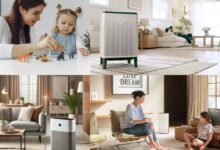How Does an Air Purifier Work?
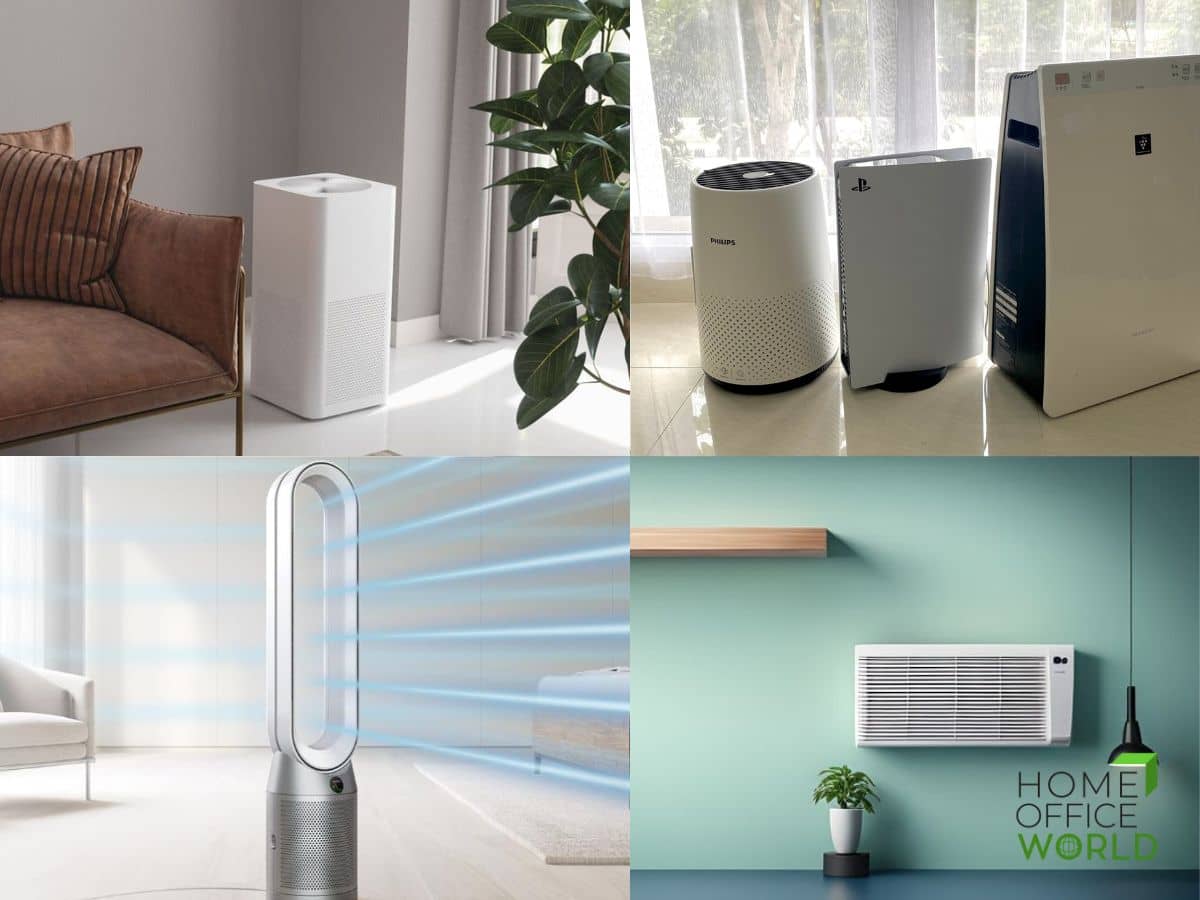
Ahh cozying up in your own homes seems like a great idea if you want to avoid air pollution. But hold your horses, your inside space may not be as clean and fresh as you think it is. While it’s easy to remove physical dirt and debris by sweeping and vacuuming, the same cannot be said with the air you breathe. It can be hazardous to your health and you might not know when you’re already breathing in harmful air.
From that scented candle you light in your bedroom and bathtub to your furry sweet cat and puppy sleeping by the couch, these are just some of the things that can add up to indoor pollution. Not to mention, the various pollutants and particles emitted by common household equipment.
As such, you need to use an air purifier. These portable equipment can help eliminate toxic and harmful air and particles from your indoor space. Let’s see exactly how they work.
How air purifiers freshen up your indoor air
There is a basic operating principle when it comes to air purifiers. One, This device draws in indoor air. Secondly, it cleans and purifies the indoor air as it passes through a system of filters. And lastly, the purifier air is then pushed out back to your indoor space.
Different brands may have a slightly different way of doing this. But most air purifiers draw in dirty air from the side of the device and release the cleaned air on top. This ensures optimum cleaning of the air and better circulation.
Let’s see what goes on nitty-gritty in each step.
Step 1: Drawing in of dirty air
Air purifiers use a combination of filter and fan for the initial step. These help draw in indoor air from your space.
Not only are air purifiers king when it comes to air cleaning, but these can also help keep the humidity level in your home at optimum count. Thus, helps prevent a myriad of allergies and can help keep you more comfortable too.
Step 2: Filtering of impurities
This is the most crucial step. But keep in mind that not all air purifiers are designed and built the same. Air purifiers gather dust and dirt and most are capable of removing common dust from the environment. In this process, they also help remove any unwanted odor that is often associated with dirty air.
However, not all air purifiers are capable of removing specific air contaminants such as molds, harmful fumes from secondhand smoke, and a lot of other VOCs or volatile organic compounds.
As such, when purchasing an air purifier for your home, you have to be aware of what possible pollutants are commonly lingering in your space, waiting to be inhaled and absorbed by your body.
Knowing the source of air pollution is a great way to start this analysis. For instance, if you just recently purchased new furniture or a mattress, unboxing these can lead to off-gassing wherein a handful of harmful VOCs can be released into the air. Aside from ensuring you have good ventilation and windows cracked open when enjoying your goodies, an air purifier can help with this problem. Thus the need to get one that has this specification.
Does it feel like it’s always too moist, muggy, and darn too sticky inside your living room? It can mean that humidity is too high and this can be a great thriving ground for molds. So you need an air purifier that can eliminate molds from the air, not all can do this.
Air purifiers with HEPA filters can remove 99 percent of ultra-fine pollutants and odor too. This is actually considered the gold standard in air purifiers. So ensuring yours has one is a great way to start.
Step three: Clean air
Then after the air has been purified, cleaned, and goes through a system of filters, the cleaned air is pushed back to the room. This process is repeated so it can continually boost the quality of the indoor air.
How safe are air purifiers?
Yes, these devices are safe. However, keeping indoor air safe to breathe may need a little extra work from you. Do not rely on your air purifier alone. We know that these bad boys are workhorses, but they also need a bit of assistance from time to time, as we all do.
One, there is a concern about the bigger particles that are emitted into the air. Air purifiers may not be that capable of sucking in larger air particles and filtering them. But you don’t have to worry. Being larger particles with more weight, these almost instantly fall to the ground as soon as they are emitted.
They do not linger in the air. It can then settle on any surfaces it touches, be it the ground, or your furniture or sofa bed. That’s why regular cleaning, sweeping, and dusting on all surfaces is crucial too. This helps remove the said larger particles.
Two, clean and replace filters as needed. Most may warrant replacement every 6 to 12 months, or depending on the type of filter your air purifier has and how soon they get dirty. Using a saturated and dirty filter can just offset the entire reason for buying air purifiers in the first place.
Three, position the air purifiers strategically. Put them in a space where you spend most of your time. Thus, ensuring you breathe in cleaner air every time you spend your day snuggling and cocooning in your bedroom. It’s also better to put them in an open space to get optimum air circulation.
Now that you know how it works it’s high time to get one
Indoor pollution is no joke, it can be a bit frustrating too. Nowadays, staying at home is not a guarantee that you are going to be free from the daily smoke, dust, and harmful gases that you potentially inhale when you are outside. The same thing can also happen inside your home, it’s still not safe.
So if you are experiencing sudden onset of symptoms that won’t go away despite eating lots of fruits and veggies, it’s time to assess the quality of your indoor air. From constant itchy and watery eyes, sneezing, and stuffy nose, feeling tired and exhausted all the time, you might be inhaling air that is slowly poisoning you.
